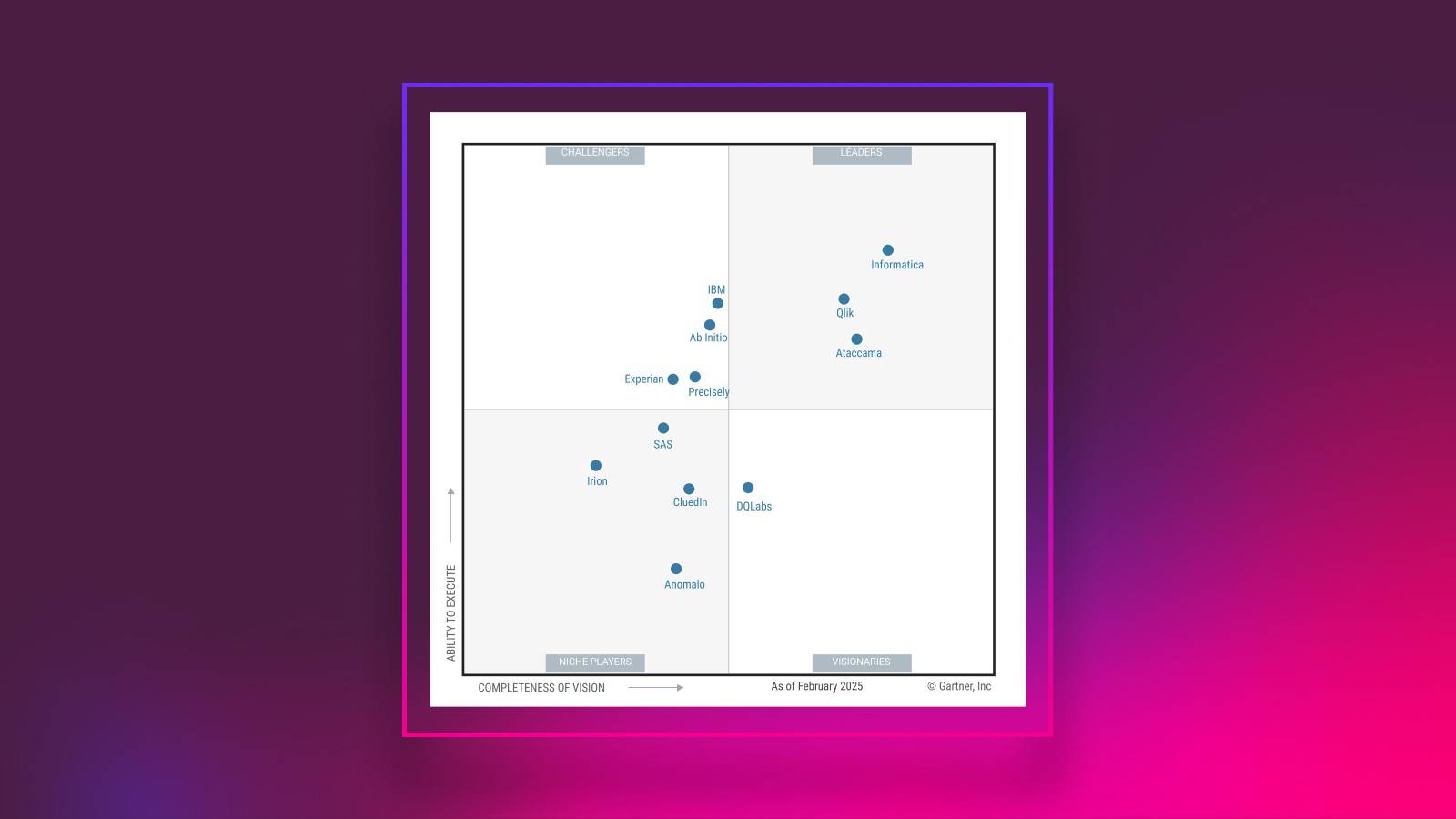What is data curation?

What is data curation? Data curation can mean the difference between valuable data and an overloaded data lake full of unrefined data points. Data curators work within your systems to extract and prepare information for functional use across the organization.
They bridge business decisions and the necessary information to succeed, delivering prepared, trustworthy, and actionable data to various stakeholders on demand. But what does data curation involve exactly? How does it work? And how valuable can it be for your business?
In this blog, we’ll explore the world of data curation, its functions and benefits, and how to execute it effectively.
What is data curation? (data curation meaning)
Data curation, meaning the process of organizing, cleaning, and enhancing raw data, is intended to deliver better data so that business operations can become more efficient and successful. It involves the data management processes of data profiling, cleansing, enriching, other data quality functions, and metadata management to ensure stakeholders get the best data possible to fulfill their tasks.
Why is data curation important?
When data enters an organization, it is rarely ready for use. Raw data can be incomplete, inaccurate, or improperly organized, hindering its potential and adding work to whoever wants to use it. As data volumes grow, this problem only gets worse.
Data curation guarantees you the maximum value of all your records. It organizes, labels, and improves data so it is fit for purpose. This leads to better decision-making, improved data quality, better support for important projects like AI models, and builds collaboration among your data teams and the rest of your organization.
What is a data curator?
A data curator is a professional responsible for managing, maintaining, and enhancing the quality and usability of an organization’s data.
They ensure data accuracy, accessibility, and relevance. They oversee data curation and play a key role in data collection, cleaning, organization, documentation, and preservation.
So, what is a data curator? They transform data from a raw resource into a valuable asset ready for use in your business.
What’s the difference between a data curator and a data steward?
Data curators are more closely related to the “hands-on” use of data, dealing with tasks like data cleansing and organizing. Data stewards have a broader range, focusing on big-picture elements like data governance and organizational policy.

What are the main steps of data curation?
Now we know what data curation is and why it’s important, but how does it work exactly? Let’s explore the nine main steps of data curation to find out.
1. Collect data
However your organization collects data, whether through IOT devices, customer information, etc.
2. Process & load the data
Once you’ve collected the data, it needs to be stored somewhere. This step involves loading the data into your data warehouse, lake, or central repository.
3. Assess data quality
Determine if the data is high-quality enough to meet your organization’s and regulatory standards.
4. Create metadata
Metadata is data about data. It helps organize and categorize the information to be accessed more easily.
5. Create a data catalog
Once your data entries are organized, you’ll need a place to search for the necessary information. A data catalog helps with data discovery, so you have visibility into your data systems, their quality, and the lineage of the data.
6. Enable data security & access
Depending on how sensitive your data is, you’ll need to implement access protocols and security measures to ensure it is not compromised or used by unauthorized personnel.
7. Develop data documentation
Data documentation helps users understand the data they are working with and its associated principles. It includes elements like the data dictionary, logic for transformation, defined business terms, etc.
8. Establish data governance
A Ddata governance framework is the rules and processes that govern how your organization works with data. It keeps your organization compliant with regulations and aligns your users with the organization’s goals.
9. Update & maintain the data
The job of a data curator is never done! You must regularly check and update data entries so they retain quality over time. An excellent tool for this is data observability.
What are the challenges of data curation?
While data curation is a vital process, it comes with its own set of challenges that organizations should be aware of before undertaking the project:
- Data volumes. Depending on the volume and formats of your data, it can be harder to curate it in a timely manner or determine which format is ideal.
- Data quality issues. The more data quality issues you have, the harder it is for your data curators. Implementing rules and standards before beginning curation can automatically prevent many of these issues.
- Data landscape changes. Data landscapes constantly evolve, changing the data curation process as it adjusts to new technologies and techniques.
- Scalability. As data volumes increase, your curation processes must follow suit so they can adapt and maintain quality standards.
- Lack of standardization. The way different departments curate data can differ, leading to confusion and lack of cohesion when dealing with data.
- Communication and collaboration. Effective communication and cooperation between data curators, stewards, and users is critical.
Get your business ahead with a premier data cataloging solution
Data curation is the key to unlocking the value hidden within your data landscape. By meticulously organizing, cleansing, and enriching your data, you pave the way for informed decision-making, efficient operations, and, ultimately, business success.
Remember, the journey toward effective data curation often begins with a robust data catalog. A well-structured catalog provides the foundation for data discovery, access, and governance, empowering your organization to fully leverage its data. Visit our data catalog software page today and discover how to transform your data into a powerful asset.







